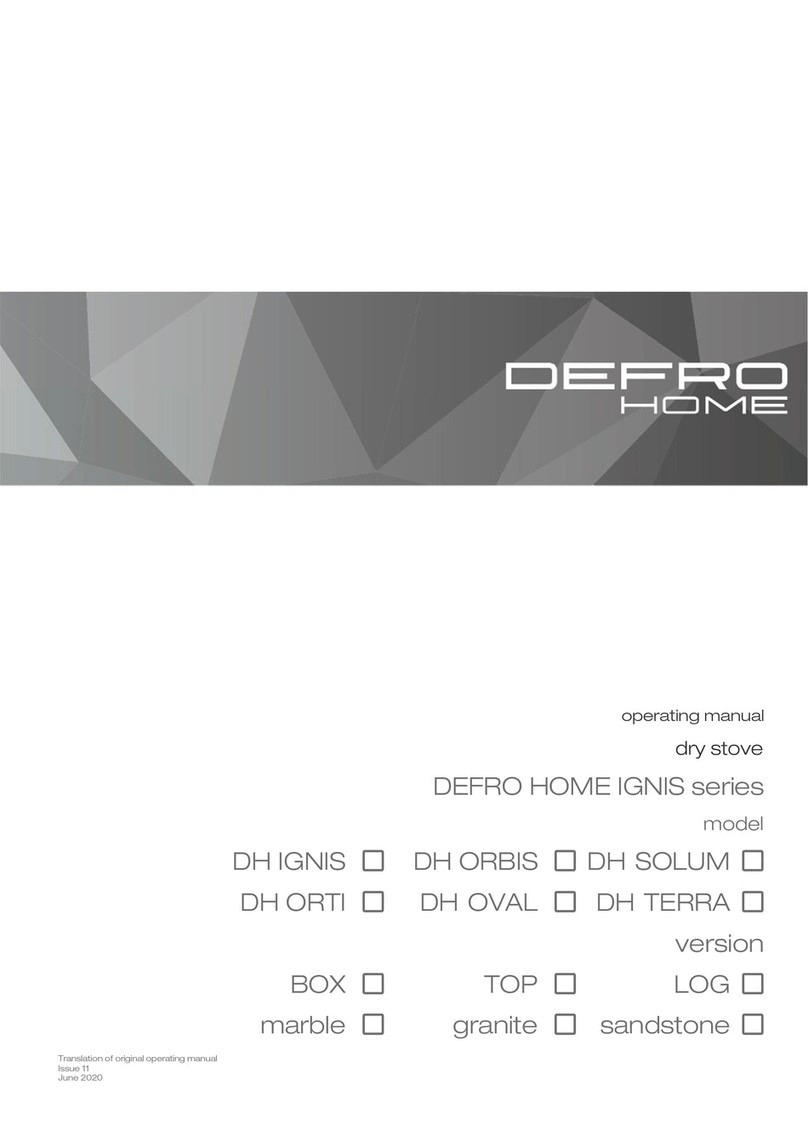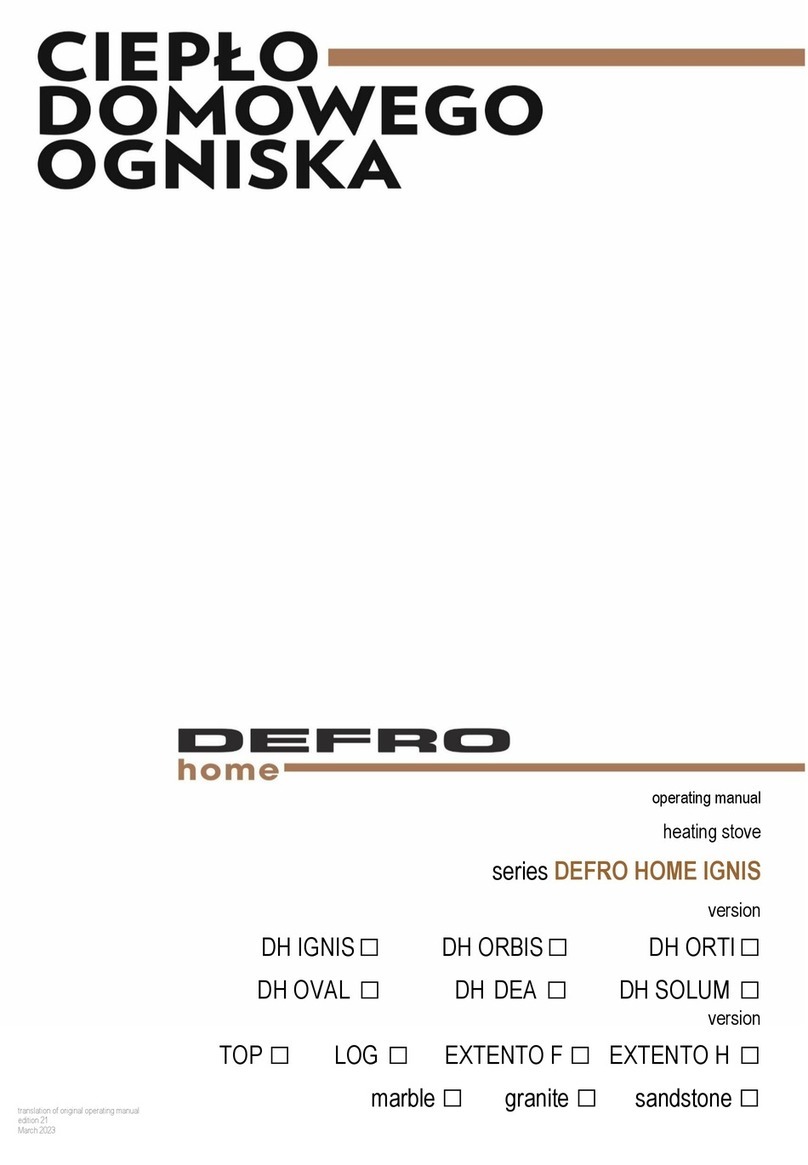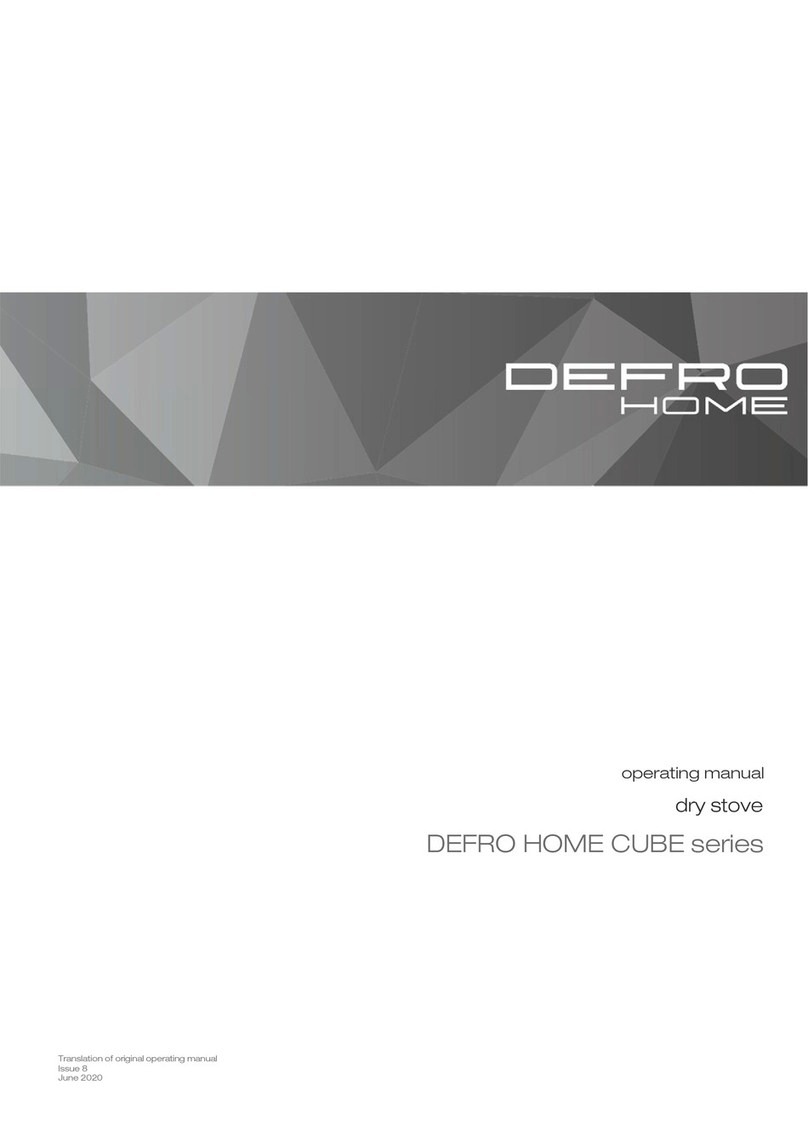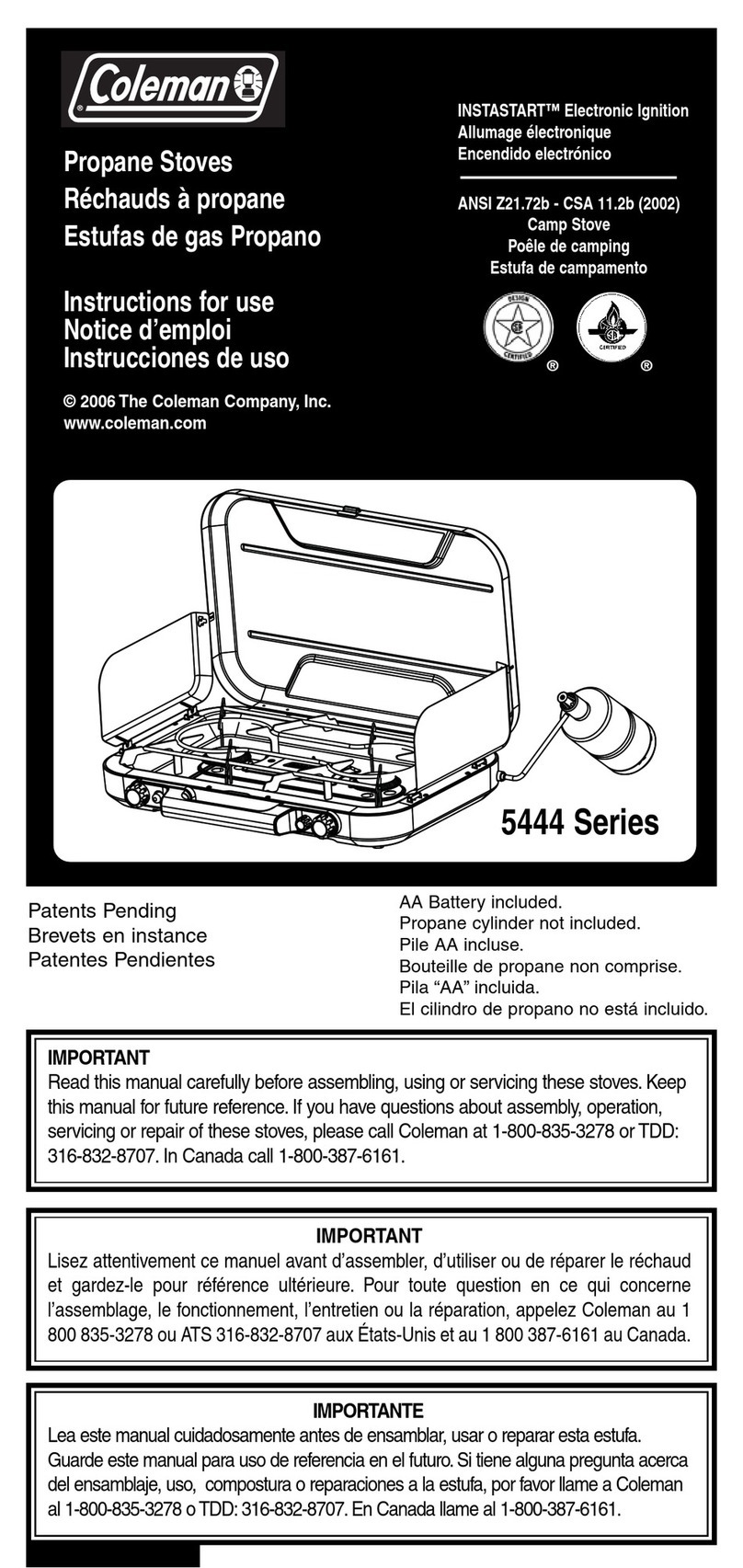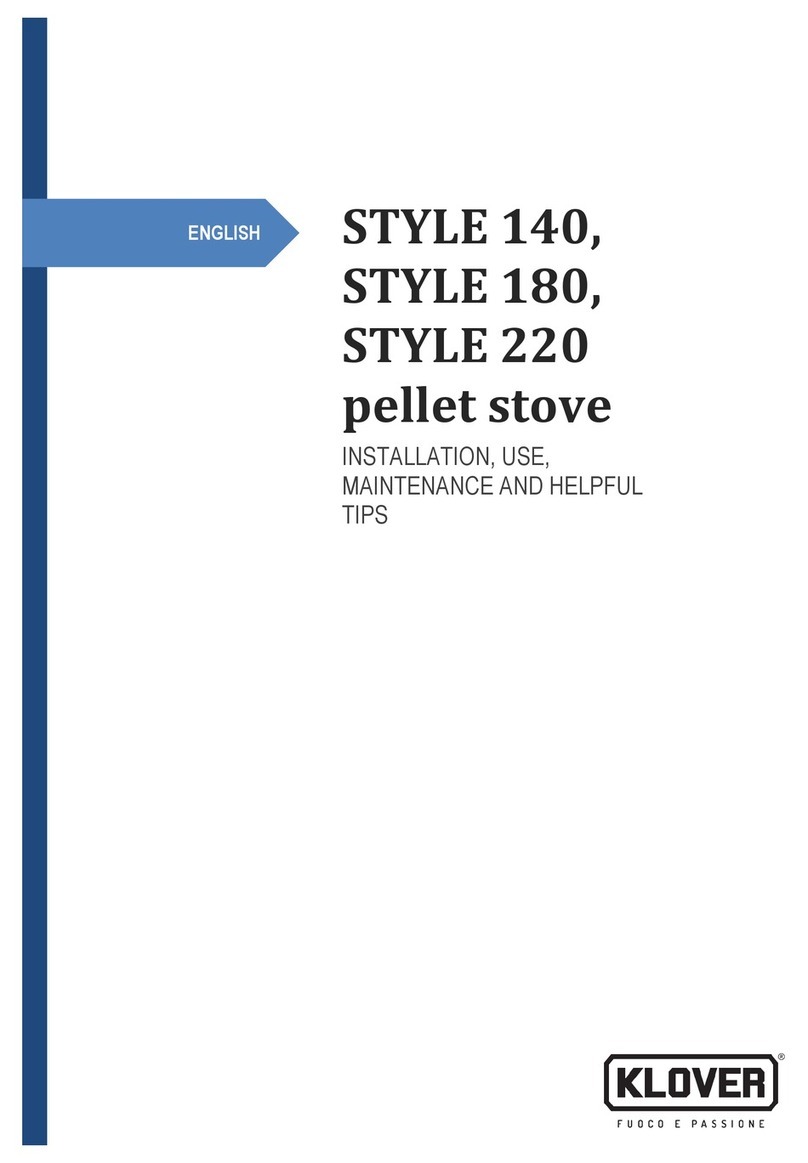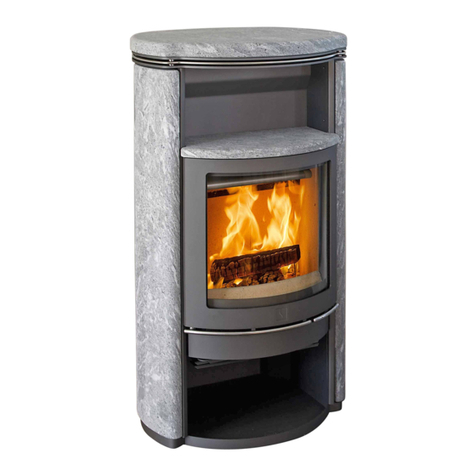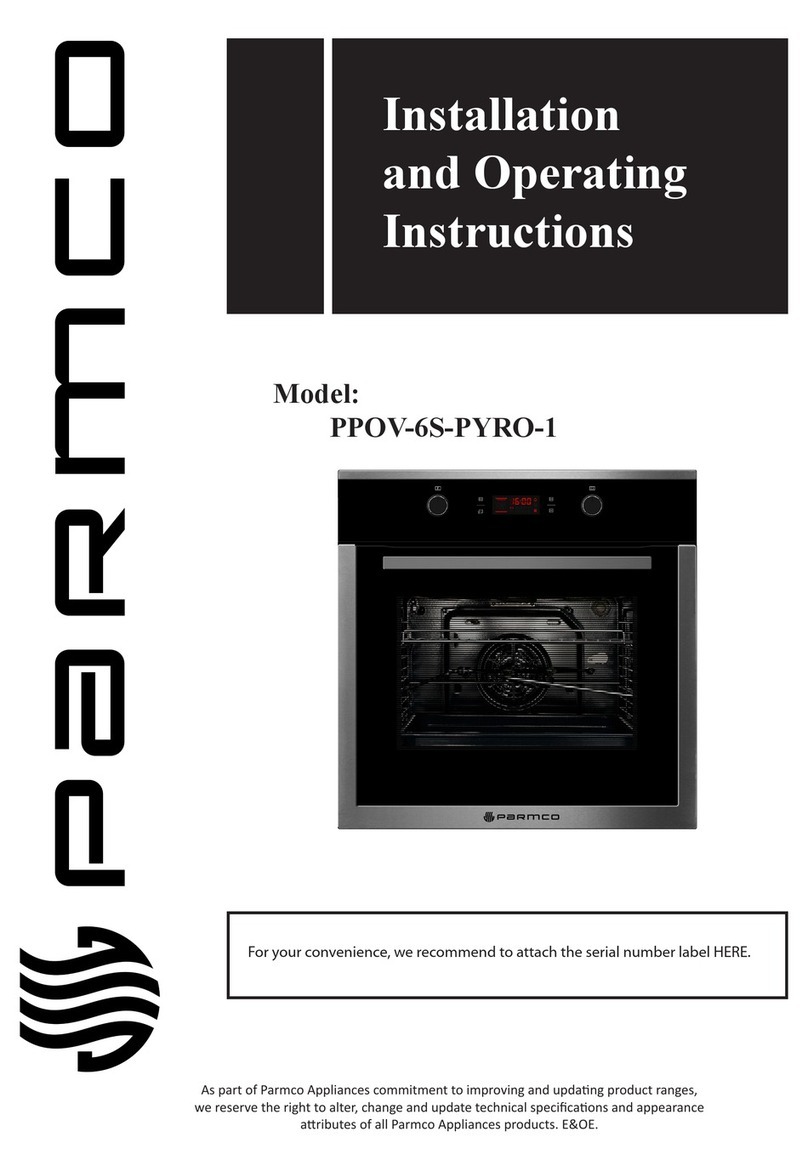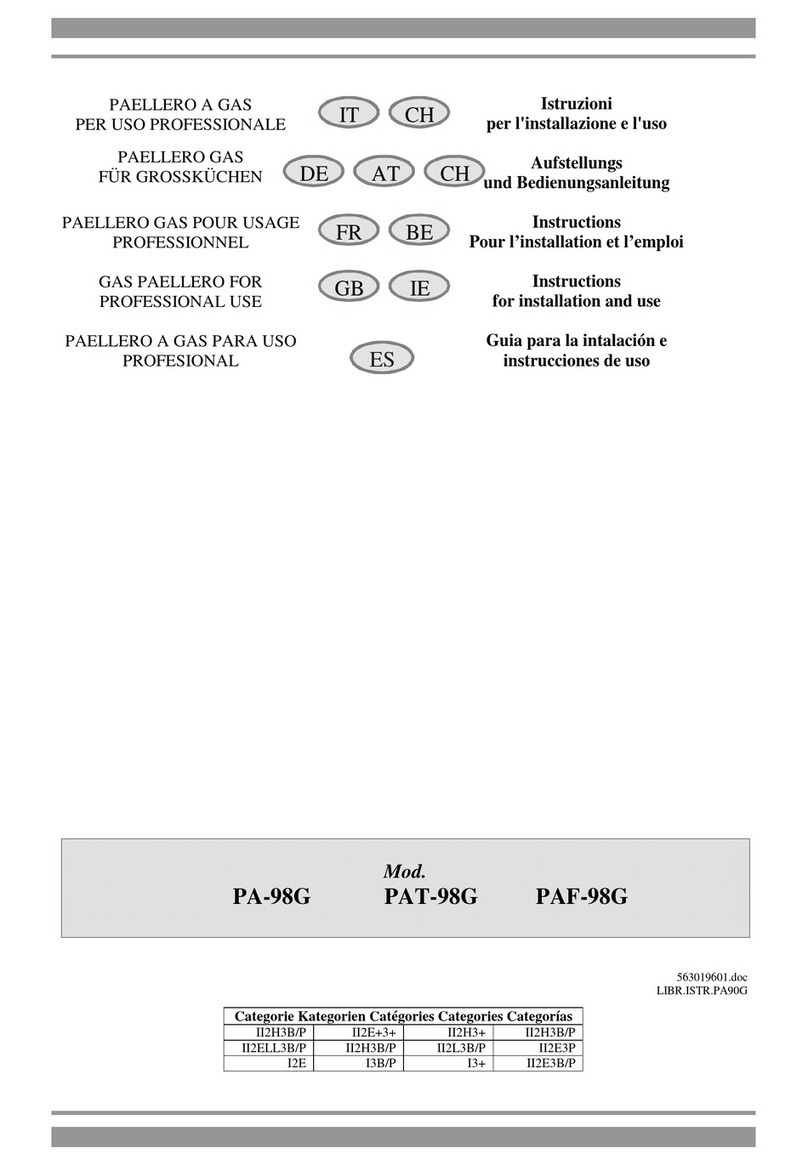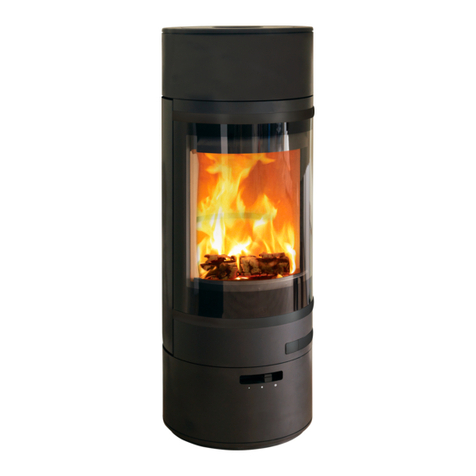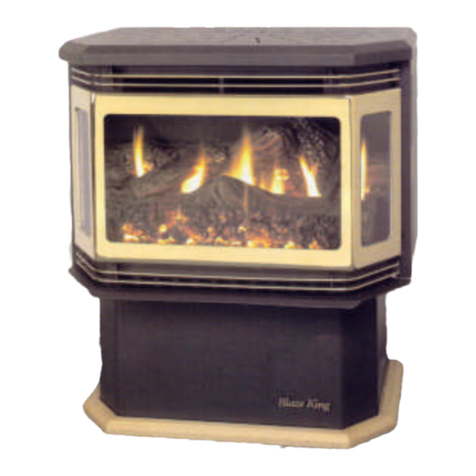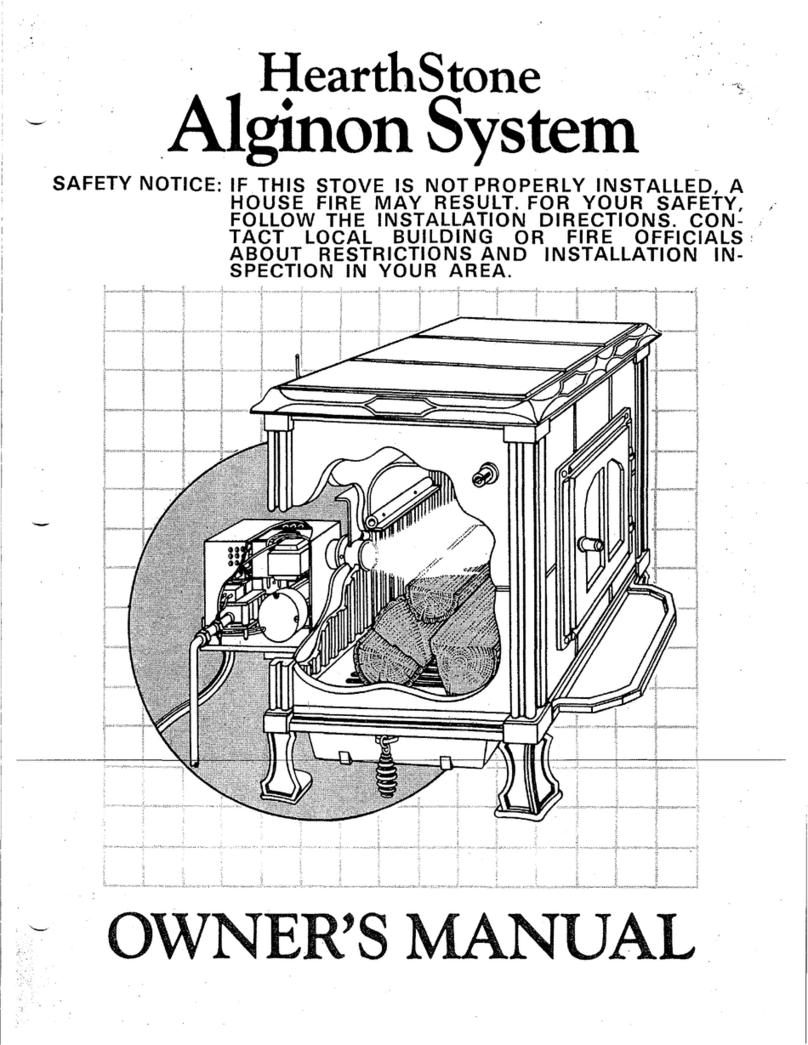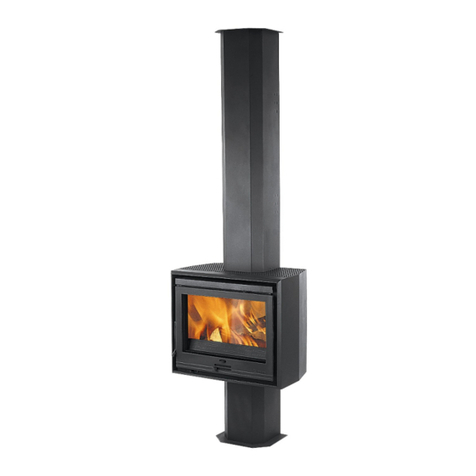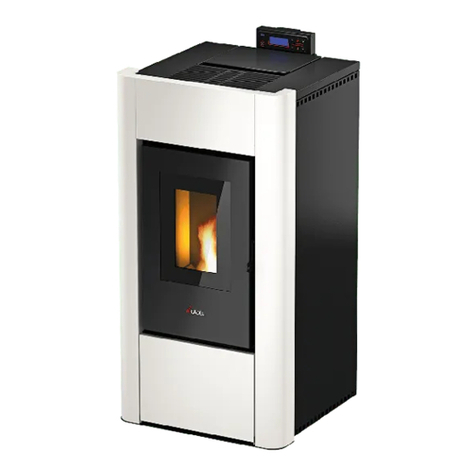
17
b) 30 days after the fault report, if the repair requires replace-
ment of constructions elements of the product;
c) subject to point 3 and 4 of this warranty conditions.
10) If, as a result of considering the warranty claim the defective prod-
uct has been replaced with new one or the significant repairs have
been made, then a new warranty period is applied counting from
the date of delivery of the replaced or repaired product. In the
case when only part, belonging to the claimed product, is re-
placed then the new warranty period is applied only for this part.
In other cases the warranty period is prolonged by a period when
the operation of the product was impossible due to a filed claim.
11) Registration of any physical fault to be repaired during the war-
ranty period (fault registration) should be made by the Purchaser
immediately after a fault has been found and no later than after
14 days.
12) Any fault is to be registered with the Guarantor (Ruda Straw-
czyńska 103a, 26-067 Strawczyn) by sending a complaint sheet
contained in this operating manual, filled in and stamped by an
authorized point of sale or authorized distributor. The fault regis-
tration should contain:
a) type, capacity, serial number, manufacturer number (the in-
formation is located on the rating plate),
b) date and place of purchase,
c) a brief description of the fault,
d) detailed address and phone number of Purchaser.
If the following cases are complained about: incorrect combustion
in the device, tar deposits, smoking through the door; the fault
registration should be supplemented with a copy of a chimney
sweep expertise certifying that the flue meets all requirements
specified in the operating manual for a given boiler's capacity.
13) The Guarantor shall not be responsible for exceeding of the peri-
ods mentioned in point 9 above or the Guarantor or its represent-
atives will be ready to remove the defect within the date agreed
with the Purchaser and will not be able to carry it our due to a
reasons not attributable to the Guarantor (e.g. lack of proper ac-
cess to devices, lack of energy or water, force majeure, Pur-
chaser is not present etc.).
14) If the Guarantor, despite being ready to carry the repair, will not
be able to carry out the warranty repair twice because of the rea-
sons attributable to the Purchaser then it is assumed that Pur-
chaser had resigned from the claim included in the guarantee
claim. Notification about the same defect in this mode is not pos-
sible.
15) If the fault complained about cannot be removed and after three
repairs the product is still faulty but can be used, the Purchaser
has the following rights:
a) to obtain a discounted price for the product, proportionally
to the use value of the product;
b) replace the product with one free of faults.
16) The product can be replaced if the Guarantor decides it cannot
be repaired.
17) The Guarantor does not accept liability for the inappropriate
choice of product with respect to the heated area (e.g. device of
too low or too high power with respect to requirements). It is rec-
ommended to choose a device with cooperation with a design of-
fice or the Guarantor. The Guarantor is not liable for loss of data
saved in the equipment and for economical losses and lost profits.
18) The guarantor will refuse realization of Purchaser’s claims result-
ing from this document in the case when:
a) will state damage or ripping of leaden seals,
b) identification of product will be impossible (that is conformity
of the presented product with a document describing the
equipment, replaced or illegible documents),
c) damages resulting from incorrect transport carried out or or-
dered by Purchaser,
d) particular components of the equipment were willfully re-
placed with non-genuine, used etc., repairs outside the au-
thorized service of the Guarantor etc.
e) damages are mechanical, chemical, thermal and they are
not resulting from causes in the sold product.
f) damages concerns wearing parts, especially: screws, nuts,
handles, ceramic and sealing elements,
g) damages resulting from product usage inconsistently with
the operating manual, that is especially when incorrect
equipment operation resulting from lack of chimney draught
or inappropriate power of the equipment,
h) Faults are not significant and do not have an impact on the
use value of the product.
19) This warranty does not cover:
a) products used for business purposes or industrial uses;
b) components of electrical equipment;
c) damages caused by the other connected equipment, de-
vices or accessories other than these recommended by the
Guarantor.
d) damages occurred as a result action of external impacts,
among other: by the action of force majeure;
e) damages caused by animals,
20) Warranty repairs accepted by the Guarantor are carried out free
of charge. The guarantor can charge the costs connected with
warranty claim only in the case when a claim is not accepted as
a result of stating circumstances which are listed in points 17 and
18 mentioned above.
21) Notification of complaint can be considered positively only in case
of:
a) keeping the time-limits mentioned in this document;
b) fulfilling the other terms and conditions of the warranty;
c) presentation of product proof of purchase - that is an invoice
or fiscal receipt, the other proof of purchase, in compliance
with the regulations;
22) Device installation can be carried out by a person holding general
installation qualifications but an entry and stamp in the Warranty
Card are required.
23) Device's first start-up, any repairs and other activities, which are
not supposed to be carried out by the User according to the op-
erating manual, can be carried out only by an authorized service
trained by the Guarantor. Device's first start-up is payable by the
Purchaser.
24) Warranty repair is made in the location when the product is oper-
ated. If claim applies to part of the product, including electronic
equipment /electronic controller, fan etc. than the given part
should be sent to the Guarantor at his expense. Returning faulty
equipment is a condition to accept the claim and replace this
equipment for free. Not returning the above mentioned part within
7 working days will be a subject to not accept the claim and to
charge its costs to the buyer.
25) Provisions of this document do not limit in any way authorizations
resulting from the claim submitted on the basis of statutory war-
ranty. The warranty also had no influence on the other clamps of
the Purchaser, according to the provisions of the law - including
these concerning nonconformity of goods with the contract. The
purchaser can exercise powers from the statutory warranty re-
gardless of powers resulting from the guarantee. If the purchaser
exercises his powers resulting from the warranty, the period for
execution of powers resulting from the warranty will be sus-
pended from the date of notice about the defect. This period will
be continued from the date of refusal by the Guarantor about the
execution of obligations resulting from the warranty or ineffective
lapse of time for their execution.
26) To all matters not settled in this Warranty Card and document the
provisions of the Civil Code Art. 577 - 581 shall apply.
12.1. WARRANTY CONDITIONS “48H SERVICE”
1) The "48h Service" program covers equipment manufactured by
DEFRO Sp. z o.o. Sp. k.
2) Any complaints are to be made at a sales outlet or directly at the
Company on the fax. no. 41 303 80 85, e-mail: serwis@defro.pl,
or by a letter to company’s address.
3) Fault registration can be completed if the Purchaser has a pur-
chase confirmation and has filled in the Warranty Card correctly
including a complaint sheet.























